Castilian: The Real Spanish Language?
“In an attempt to build and maintain a national identity, language is considered to be the primary determinant of success.” Linguistic scholar Andrew Simpson’s observation is particularly relevant in Spain, both in a historical and contemporary sense. It is no coincidence that one of dictator Francisco Franco’s first priorities after the Nationalist victory in the Spanish Civil War (1936-1939) was to outlaw languages other than Castilian, temporarily crippling the further development of political identity in culturally autonomous areas of the country.
King Ferdinand
What is Castilian? In the simplest sense, it is the language that we know today as Spanish. But it didn’t have to be that way. Castilian has its roots in the north-central part of Spain known as Castile but was far from being a dominant linguistic competitor. Although employed as the language of state by Castilian King Alfonso in the 13th Century, the Castilian language did not begin its exponential expansion until the marriage of "The Catholic Kings", Ferdinand and Isabella (1469). This marriage brought together the crowns of Castile and Aragon creating much of what we consider today as geographic Spain. Most critically, Isabella presciently ceded her native Aragonese language to Castilian, believing that it would be a better tool for the Christian monarchy, as it pushed the last of the Moors from the Peninsula and began its exploration/evangelization of the Americas. So it was this marriage and this appreciation of functionality of the language that resulted in Columbus carrying Castilian to the new world in 1492 rather than one of the many other Romance languages spoken on the Iberian Peninsula at the time.
Obviously, the language has evolved globally in many ways. Spanish in Latin America is spoken in a number of dialects, in the same sense that American, British, and Australian English have developed their own unique characteristics. In the meantime back in Spain, 99% of native Spaniards currently speak Castilian as a default language, making it the nation’s common tongue. That, however, is not the whole story.
After Franco’s death in 1975, a new constitutional monarchy restored linguistic freedom to the Spanish people. Since that time, there has been a dramatic resurgence of regional languages. To touch on just a few:
Catalan. Most Americans are aware that Catalonia has its own language, with roots dating back to the 8thCentury. In Barcelona today, it is spoken nearly exclusively, with Catalans resorting to Spanish only when engaging with non-Catalan speakers. It is no secret that this resurgence has been accompanied by a modern drive for increased political autonomy.
Basque. The Basque language (Spoken in both the Spanish and French Basque regions) is the only native non-Romance language on the Peninsula, with roots so deep that linguists are still not sure where it is from or how it originally arrived to the Peninsula. Although the resurgence of the Basque language after the death of Franco initially accompanied a burst of political sentiment, the language now reflects cultural autonomy more than political ambition.
Galician. Spoken in the northwestern state of Spain known as Galicia, the language is unquestionably related to Portuguese with some linguists arguing that the languages are dialects of each other.
This short list does not even come close to reflecting Spain’s ongoing linguistic diversity. It is simply meant to dissuade the reader of any false misconception they might have regarding the political or cultural hegemony of Castilian on the Iberian Peninsula. Simpson’s observation remains absolutely relevant today as the people of Spain (and indeed much of the modern world) struggle to determine meaningful, and relevant identities.

